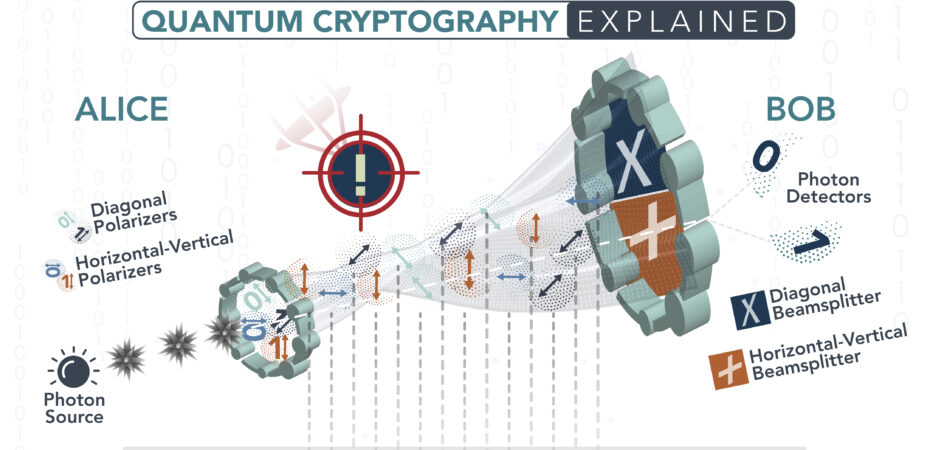The European Space Agency and SES formally signed a contract for a technology demonstration satellite, Eagle-1. SES will lead a consortium of 20 companies to build and operate the satellite set for launch in 2024. The main goal is to demonstrate quantum key distribution over long distances with laser communication.
This technology has the potential to make secure communication over large distances more secure. It enables both parties to generate a unique key which enables encryption and decryption of the messages rather than being a seperate network. What then really sets this technology apart is if a third party attempts to break the key, the disruption of measurement causes noticeable anomalies indicating the eavesdropping.
In the United States, the NSA does not currently recommend the usage of Quantum Key Distribution due to some limitations. One is they believe QKD is only half of the solutions as there is not an ability to verify the transmission source. Having full control of the environment, such as a satellite or satellite constellation, could make this less of an issue with preplaced keys for authentication. However, this would still be open to hacking like satellites are now. QKD also requires special equipment. Due to this need of trusted relays, it also increases infrastructure costs while eliminating it as a possibility at all from some use cases. Users have to have access to dedicated fiber connections as it cannot be implemented in software or easily integrated into existing network equipment.
Another large issue is QKD is not the unconditional security solution as it is often portrayed to be. The specific hardware required in itself can introduce vulnerabilities into the system for attack. There have been several publicized attacks on commercial QKD systems involving a large pulse attack. This is a newer strategy of eavesdropping that eliminates the need for immediate interaction with the transmitted quantum states, making the immediate detection through anomaly impossible.
There are hopes in integrate QKD into the European Commission’s planned secure connectivity satellite system but there are many hurdles to overcome before it can be the solution it promises to be.
Sources:
